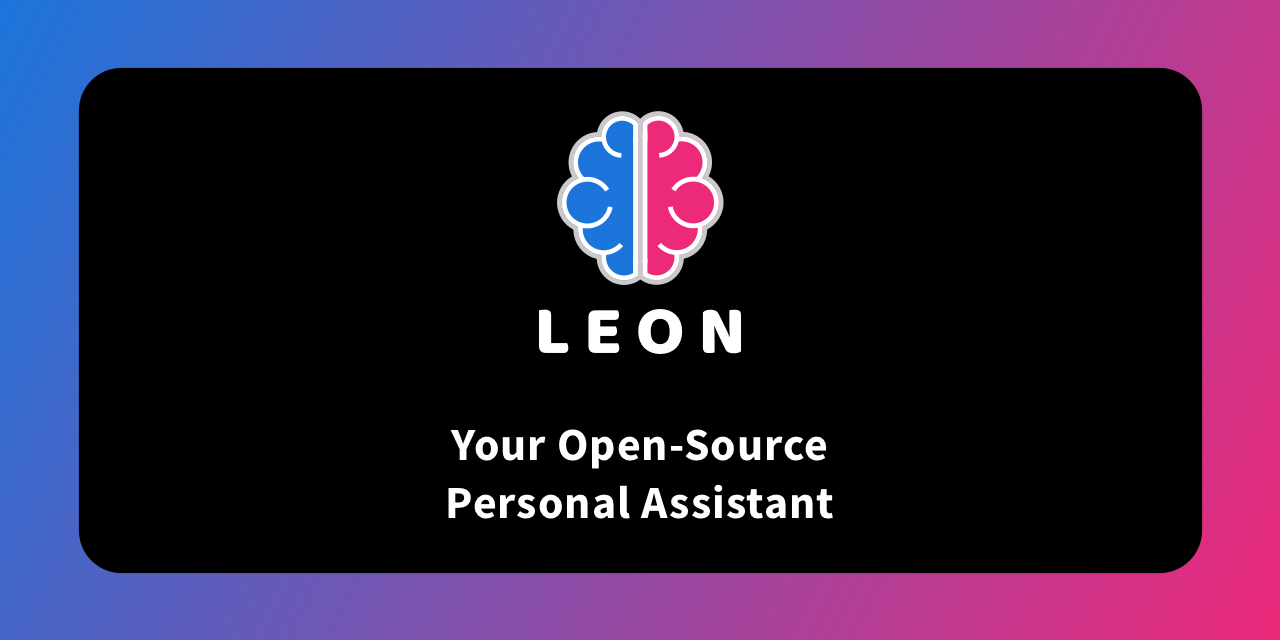- Published on
Building a Local AI Assistant with Open Source Models
- Authors

- Name
- Adil ABBADI
Introduction
The rise of virtual assistants like Alexa, Google Assistant, and Siri has revolutionized the way we interact with technology. However, these cloud-based assistants raise concerns about privacy and data security. What if you could have a personalized AI assistant that runs locally on your device, without relying on cloud services? In this blog post, we'll explore how to build a local AI assistant using open source models, giving you control over your data and privacy.

- What is a Local AI Assistant?
- Open Source Models for Building a Local AI Assistant
- Setting Up the Development Environment
- Building the Local AI Assistant
- Conclusion
- Ready to Build Your Own Local AI Assistant?
What is a Local AI Assistant?
A local AI assistant is an artificial intelligence system that runs on a user's device, such as a computer, smartphone, or tablet. It can perform various tasks, like answering questions, controlling smart home devices, and providing information, without relying on cloud services. This approach offers several benefits:
- Privacy: Your data remains local, ensuring that your personal information is not shared with third-party services.
- Security: By running the AI assistant locally, you minimize the risk of data breaches and cyber attacks.
- Customization: You can tailor the assistant to your specific needs and preferences.
Open Source Models for Building a Local AI Assistant
Several open source models and frameworks can be used to build a local AI assistant. Some popular options include:
- Mycroft: An open source AI assistant that can be integrated with various devices and services.
- Kalliope: A Python-based framework for building voice-controlled assistants.
- Rasa: An open source conversational AI framework for building contextual chatbots.
For this example, we'll use Mycroft as the foundation for our local AI assistant.
Setting Up the Development Environment
To build a local AI assistant with Mycroft, you'll need:
- Python 3.x: As the primary programming language for Mycroft.
- Mycroft Core: The open source AI assistant framework.
- Speech-to-Text (STT) engine: For recognizing spoken commands. We'll use Mozilla's DeepSpeech STT engine.
- Text-to-Speech (TTS) engine: For generating spoken responses. We'll use eSpeakNG TTS engine.
Install the required dependencies using pip:
pip install mycroft-core deepspeech espeakng
Building the Local AI Assistant
Step 1: Configure Mycroft Core
Create a new configuration file for Mycroft:
mycroft-config init
Edit the mycroft.conf file to specify the STT and TTS engines:
stt:
module: deepspeech
deepspeech:
model: deepspeech-0.9.3-models.pbmm
scorer: deepspeech-0.9.3-models.scorer
tts:
module: espeakng
espeakng:
voice: en+f3
Step 2: Train the Speech-to-Text Model
Download the DeepSpeech model and scorer files:
wget https://github.com/mozilla/DeepSpeech/releases/download/v0.9.3/deepspeech-0.9.3-models.pbmm
wget https://github.com/mozilla/DeepSpeech/releases/download/v0.9.3/deepspeech-0.9.3-models.scorer
Train the STT model using the provided audio data:
mycroft-stt-train deepspeech
Step 3: Integrate with the Text-to-Speech Engine
Configure eSpeakNG TTS engine:
espeakng -v en+f3
Integrate the TTS engine with Mycroft:
mycroft-tts-integrate espeakng
Step 4: Develop Intent Handlers
Create intent handlers to respond to user queries and commands. For example, create a weather_intent.py file:
from mycroft.skills.intent_handler import IntentHandler
class WeatherIntentHandler(IntentHandler):
def __init__(self):
super(WeatherIntentHandler, self).__init__(intent_type='weather')
def handle(self, message):
# Get the current weather data
weather_data = get_weather_data()
# Respond with the weather information
self.speak_dialog('weather', data={'weather': weather_data})
Step 5: Run the Local AI Assistant
Start the Mycroft AI assistant:
mycroft-start
The assistant is now ready to receive voice commands and respond accordingly.
Conclusion
In this blog post, we explored how to build a local AI assistant using open source models, specifically Mycroft, DeepSpeech, and eSpeakNG. By running the assistant locally, you maintain control over your data and privacy. This is just the beginning – you can further customize and extend the assistant to suit your needs.

Ready to Build Your Own Local AI Assistant?
Start building your own local AI assistant today and experience the benefits of a personalized and private AI experience!
